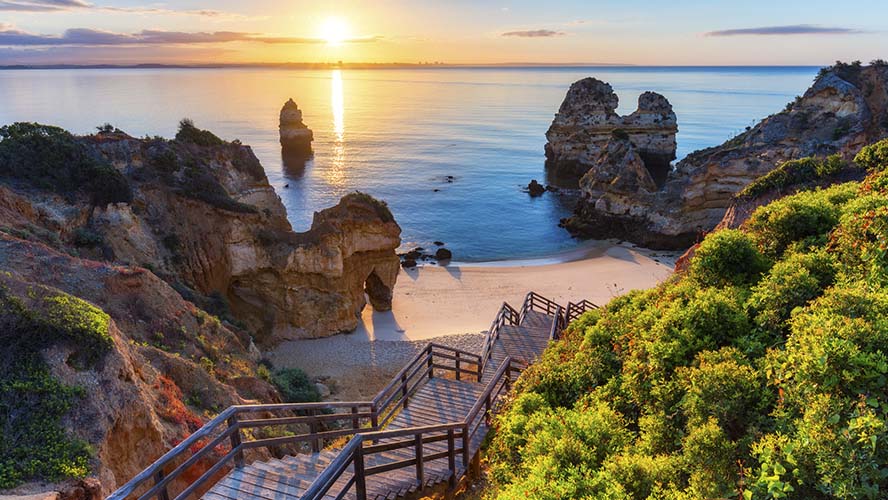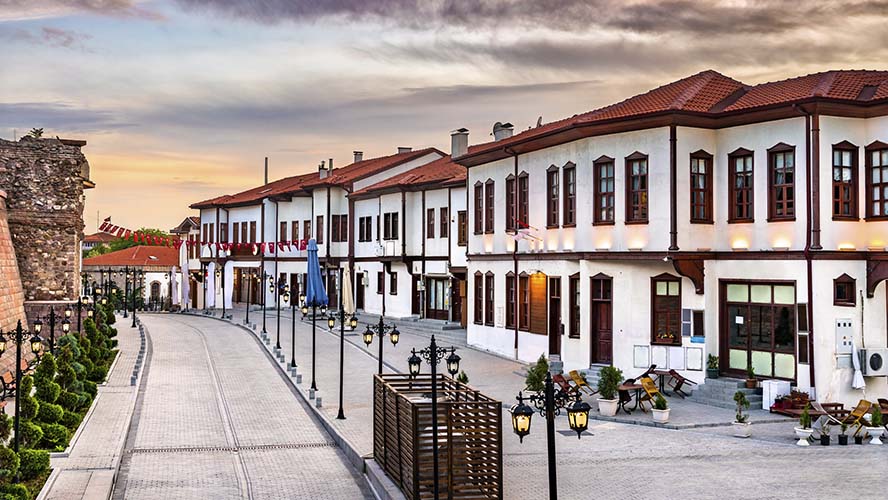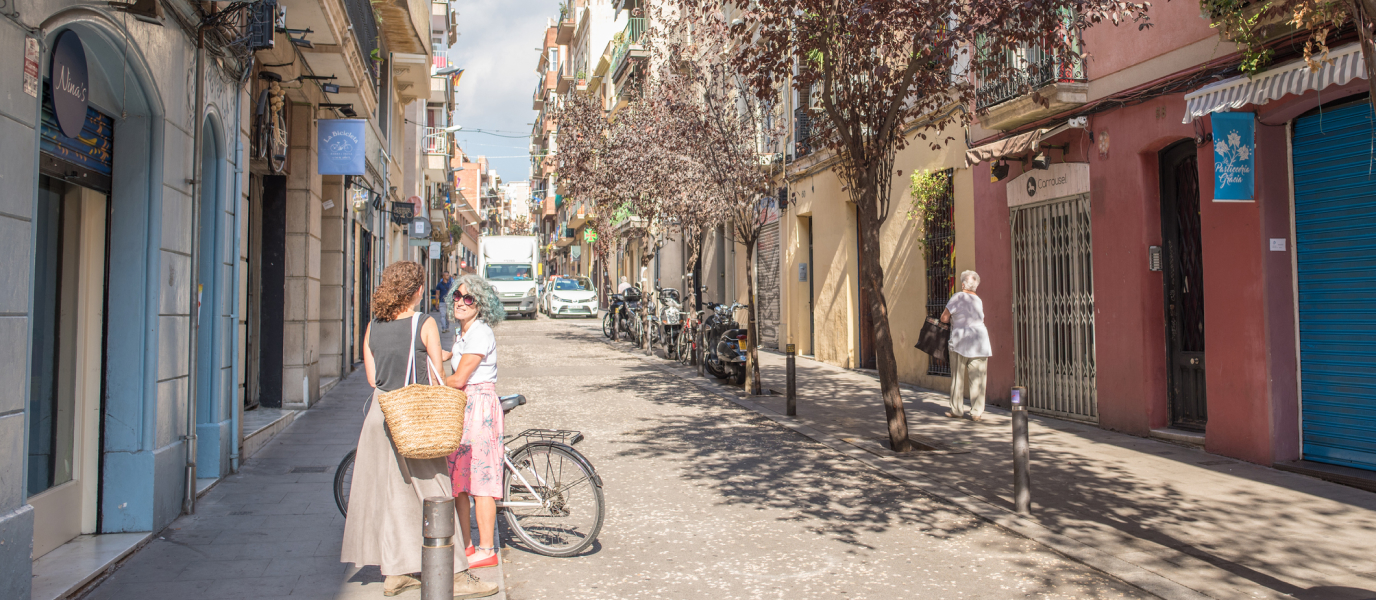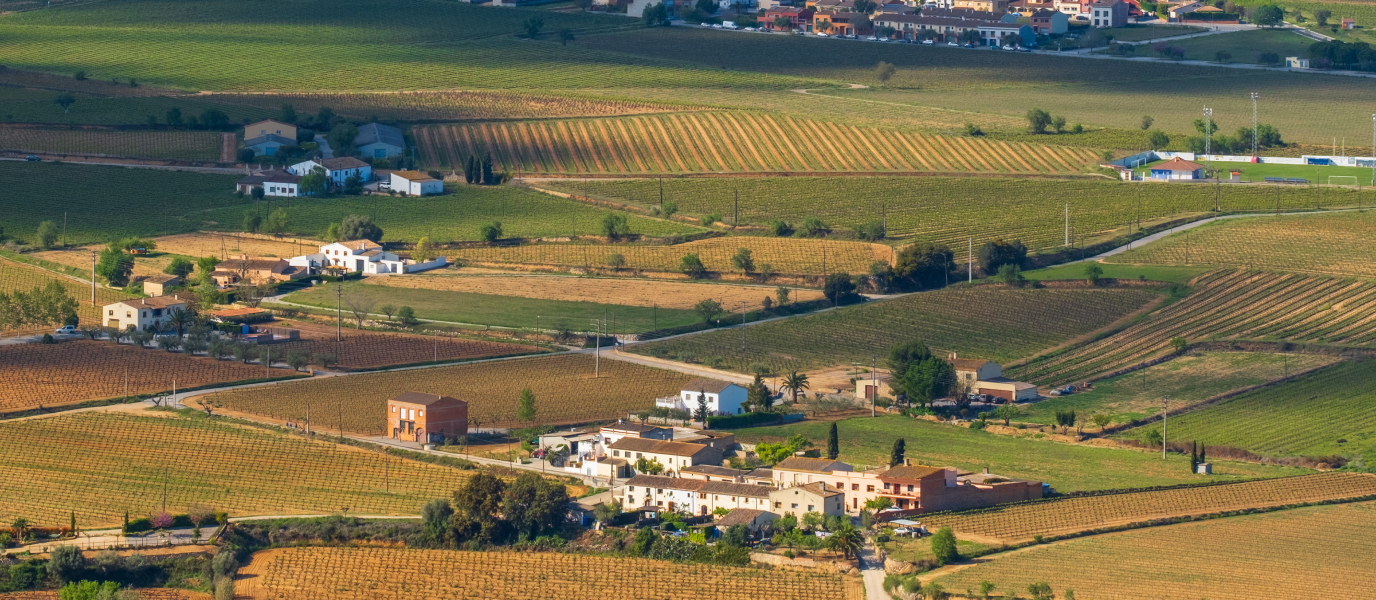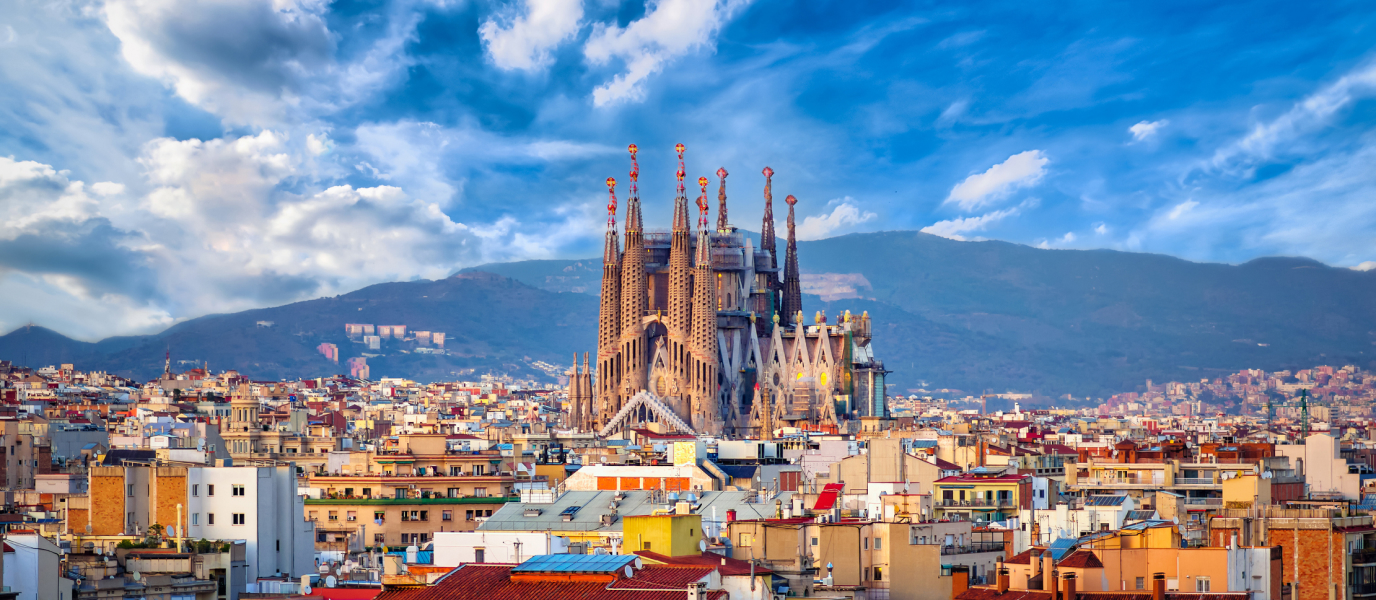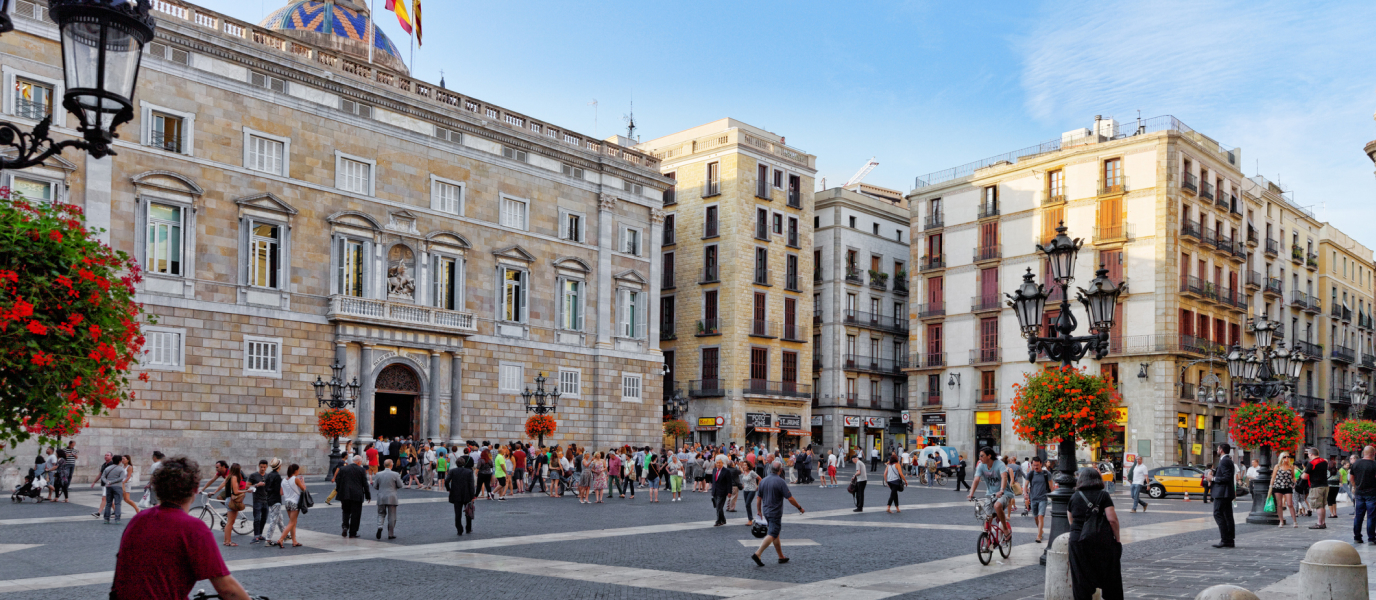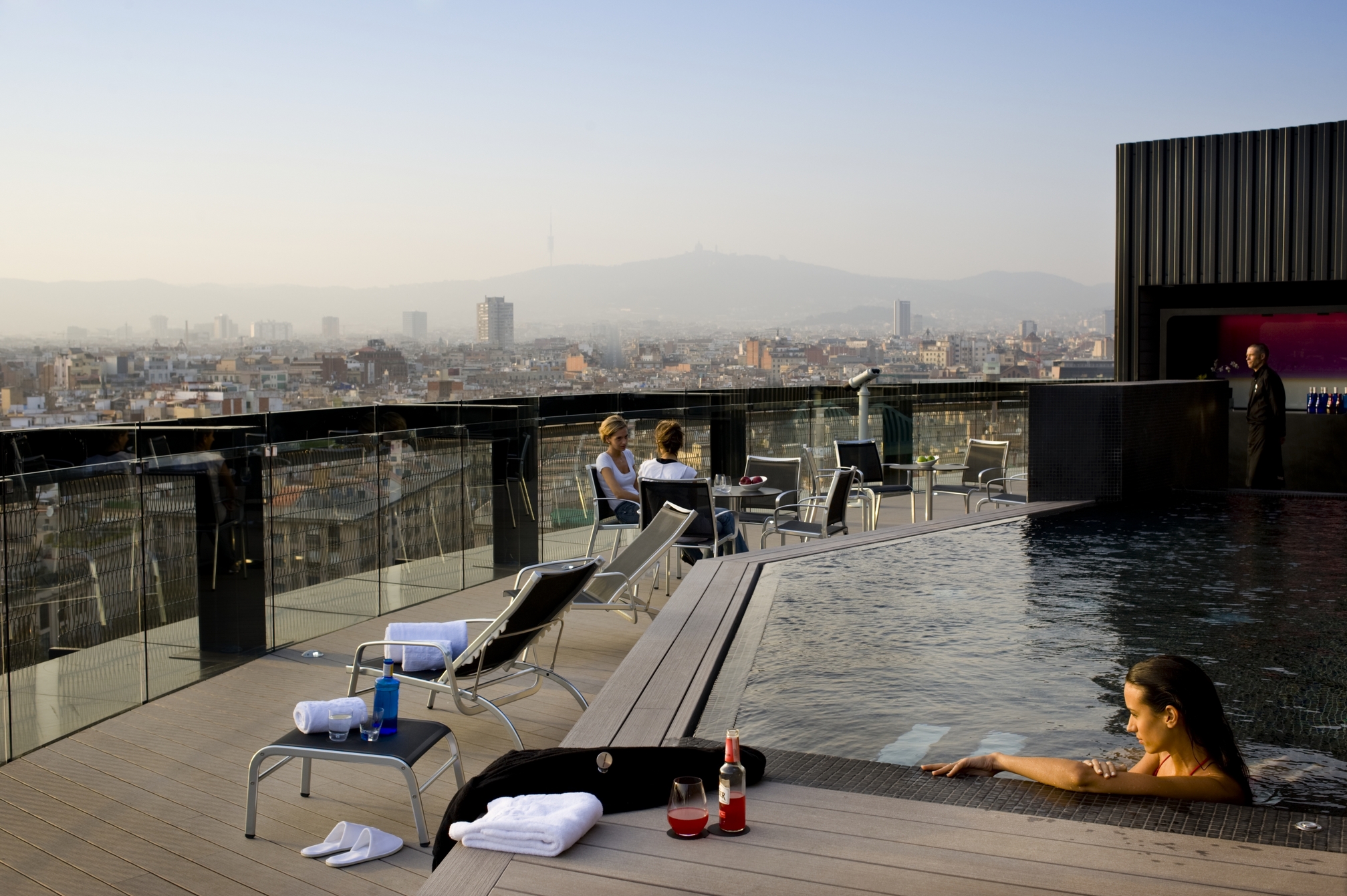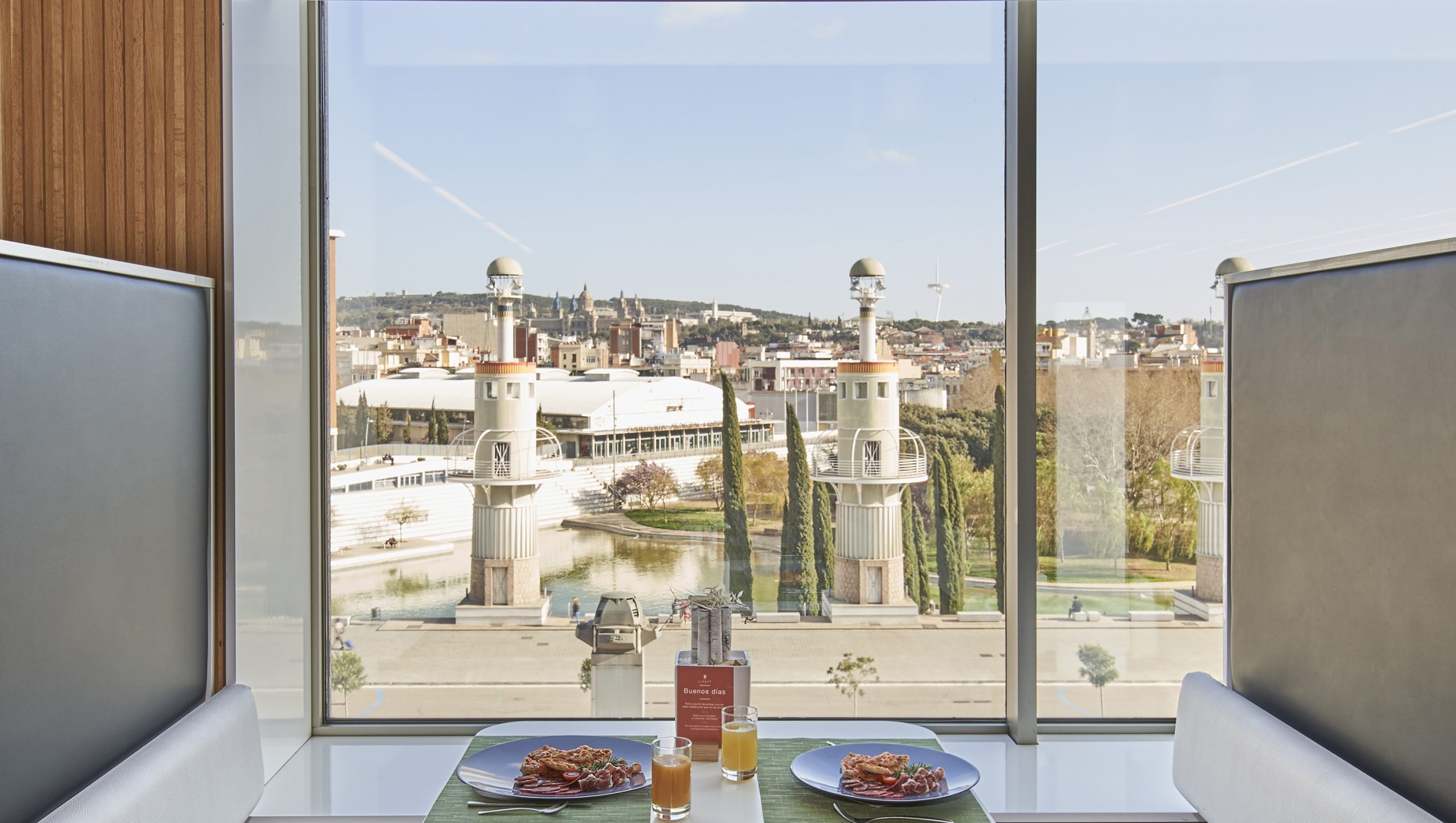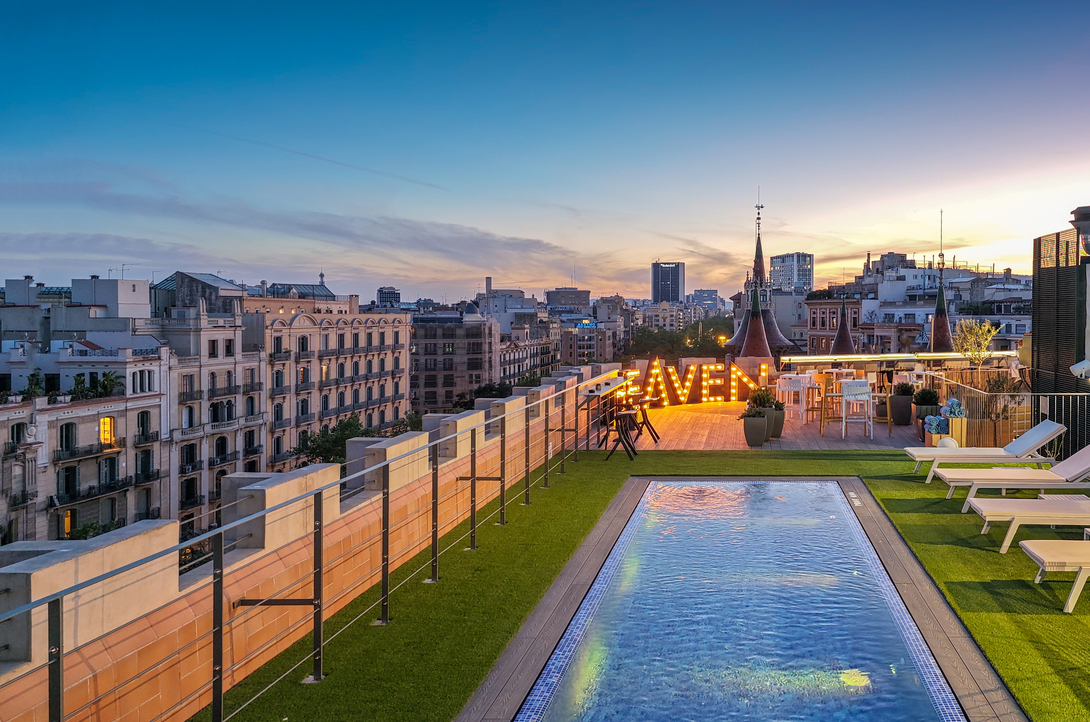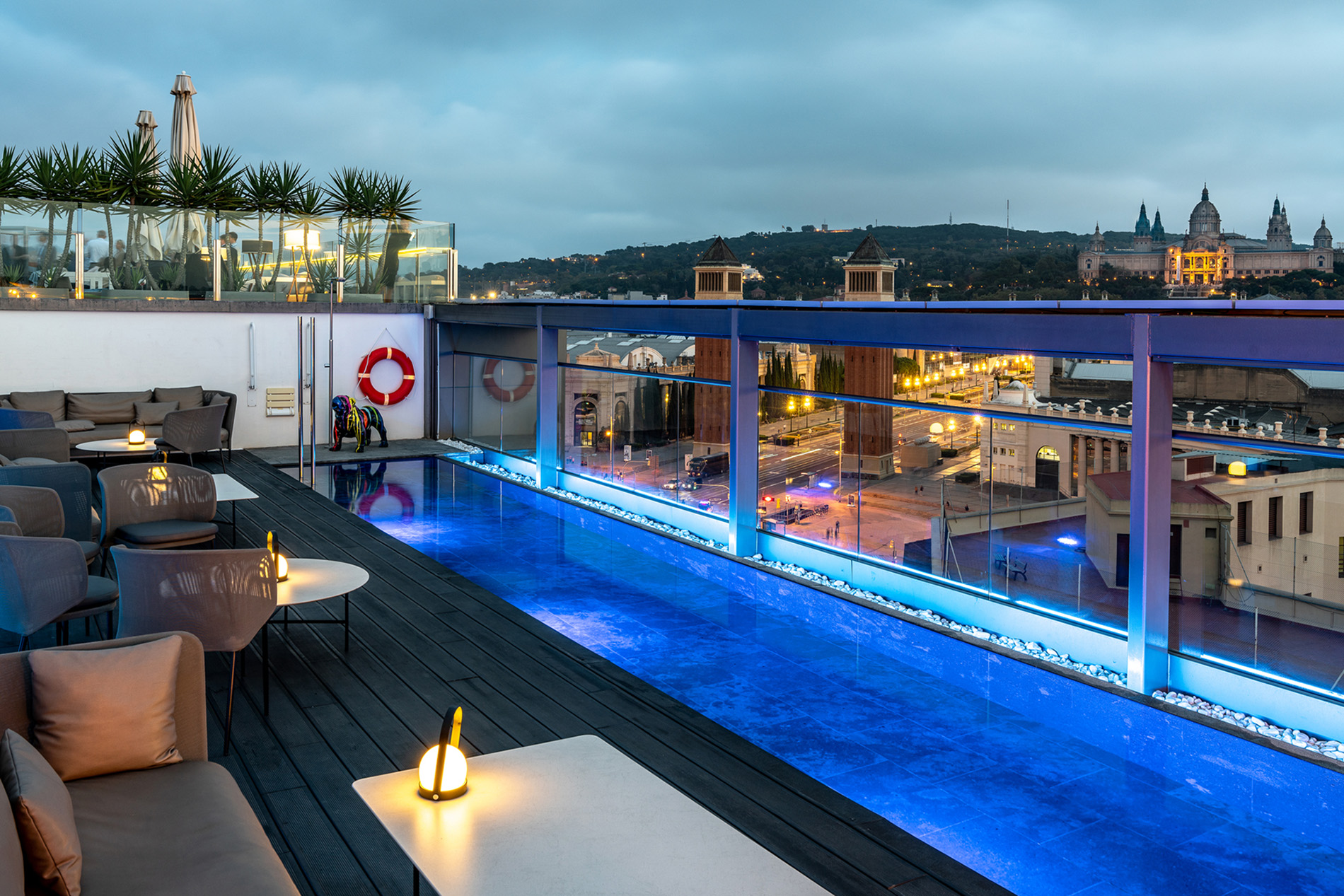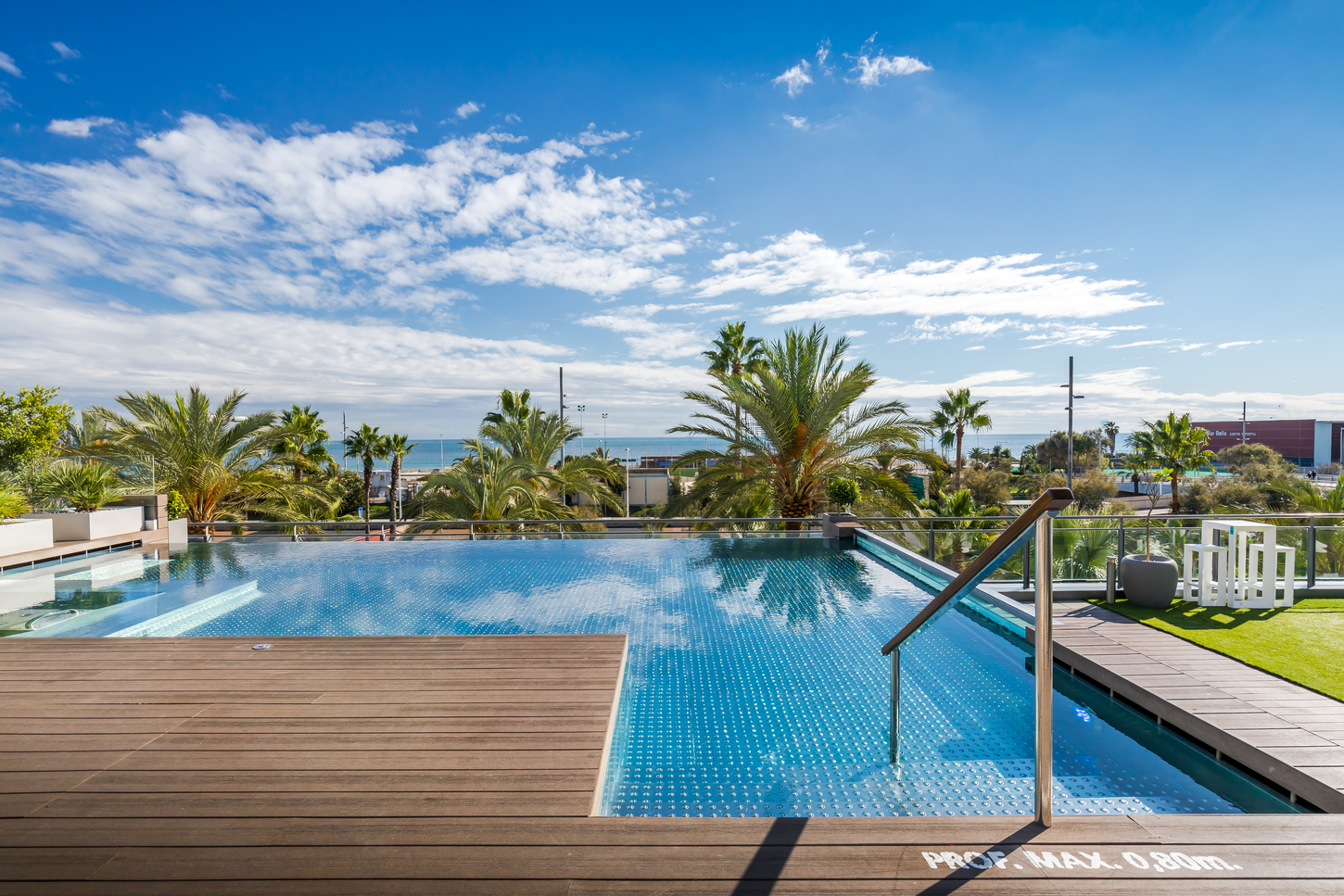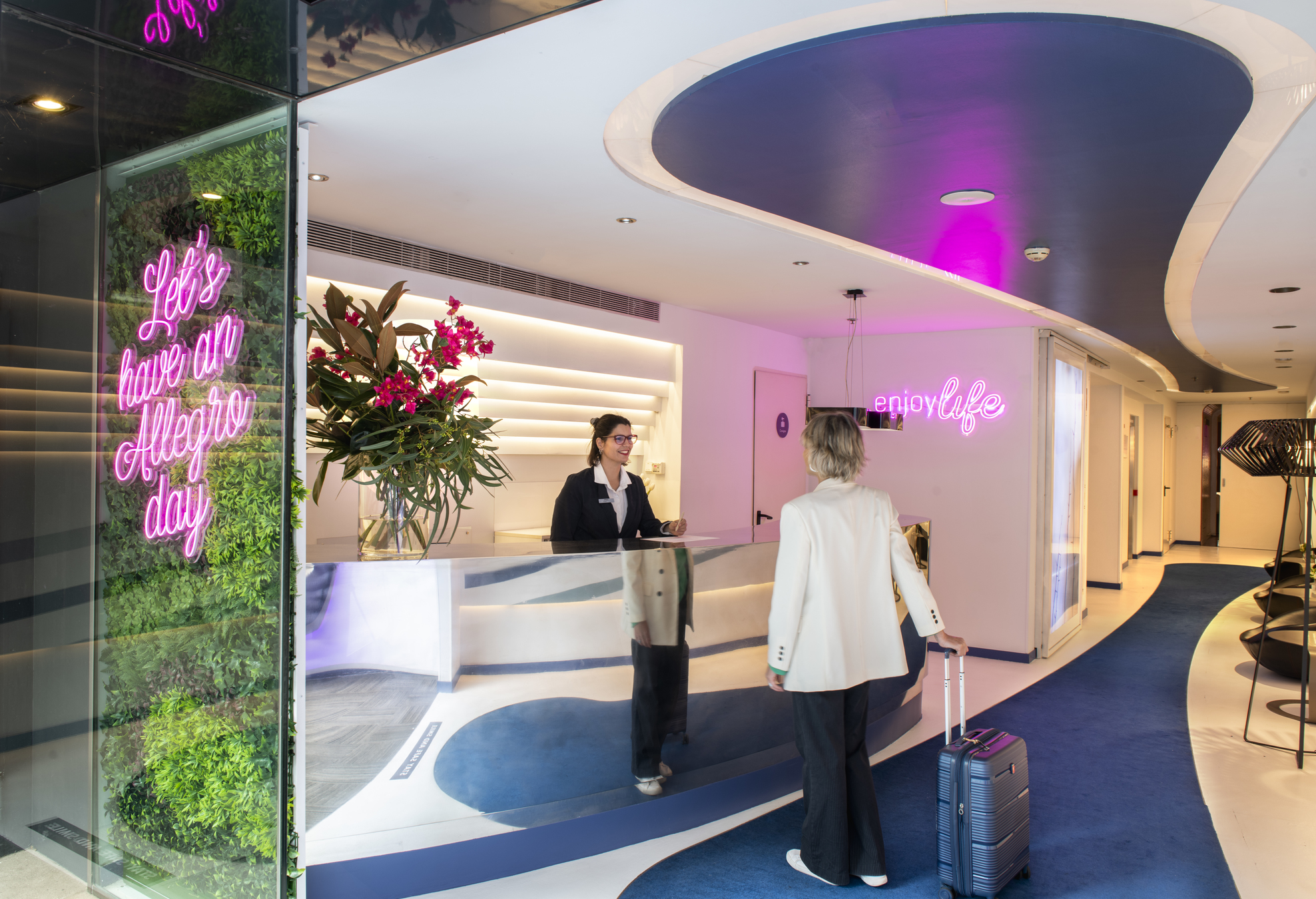The Paseo de Gracia (Passeig de Gràcia, in Catalan) ranks, alongside La Rambla, as one of the most important boulevards in Barcelona. It is one of those thoroughfares that, like Madrid’s Calle Serrano, Paris’s Champs Elysées and Rome’s Vía Condotti, exudes sophistication. In the case of Barcelona’s Passeig de Gràcia, the aristocratic air derives not only from the luxury stores that line both sides, but also from the architectural quality of the buildings. Some of these, such as Casa Batlló and Casa Milà, have been declared World Heritage Sites by UNESCO.
The Passeig de Gràcia, a shop window for the Catalan bourgeoisie
At the end of the nineteenth century and into the early years of the twentieth century, Catalonia’s bourgeoisie began to take up residence in the Passeig de Gràcia, transforming it into one of the most important axes of the recently established Plan Cerdà, the innovative town planning project that produced Barcelona’s Eixample. In the orthogonal layout of Cerdà, there are other impressive, broad avenues, such as the Avinguda Diagonal, the Passeig de Sant Joan, the Gran Via and the Rambla de Catalunya. However, the bourgeois families did their utmost to secure a building plot in this paseo, and once there, competed with their neighbours in commissioning the most sought-after architects of the age (such as Gaudí himself, Puig i Cadafalch and Domènech i Montaner) to build spectacular mansions.
The boulevard linked Plaça de Catalunya—the central hub of the city—with the Gràcia neighbourhood which actually remained independent of Barcelona until the late nineteenth century. In addition to the exquisite houses, the City Council did not skimp on the decoration of the Passeig de Gràcia. It commissioned Gaudí himself to design the paving, embellished with designs inspired by plant life, while the street lamps and the benches were the work of the architect Pere Falqués, who designed original bancs-fanals [combined benches and street lamps] with trencadís seats (a mosaic made from pieces of glazed ceramic) into which the wrought iron structure holding the street lamp was welded. Falqués was also the creative force behind the street lamps in the Passeig de Lluís Companys and those of Avinguda de Gaudí.
The Passeig de Gràcia peters out at the junction with Avinguda Diagonal, which is marked by an obelisk, known locally as “el lápiz” [the pencil]. This monument has been the subject of numerous controversies on account of its Republican origins and the change in its symbolism which occurred during the Franco dictatorship. Behind the obelisk lie the Jardins de Salvador Espriu (or Jardinets de Gràcia) gardens which narrow until they give way to the Carrer Gran de Gràcia and the start of the ascent towards the mountain.
The most noteworthy buildings in the Passeig de Gràcia
- Casa Batlló. Built between 1904 and 1906, this home is without question one of the flagships of Catalan Modernism. Its proud façade invites us to step into the magical universe of Gaudí, an artist who was constantly making connections between architecture and the natural world, resulting in organic shapes that seem to be brought to life in Casa Batlló. There are many hypotheses regarding the symbolism of some of the building’s features, such as the balconies in the shape of masks, and the roof shaped like the back of a dragon. If you would like to know more about the history and to understand this magnificent work by Gaudí, all you need to do is to visit it.
- Casa Amatller. The home of the chocolate magnate Antoni Amatller stands next to Casa Batlló, both buildings being located in what is ironically known as the manzana de la discordia [bone of contention]—an epithet which refers to the remarkable number of noteworthy edifices in the vicinity, and to the rivalry between the different architects to win the prizes awarded by Barcelona’s City Council in its annual artistic buildings competition. Built between 1898 and 1900, this mansion designed by Puig i Cadafalch is closer to the Gothic than the Modernist style, echoing the medieval buildings of northern Europe in its tiered façade.
- Casa Lleó i Morera. This project was undertaken by Lluís Domènech i Montaner (who also designed the Palau de la Música and the Hospital de Sant Pau) and it was actually a comprehensive remodelling of a building constructed in 1864. One of the features for which Domènech i Montaner was responsible is the façade, on which prominence is given to various galleries and balconies, as well as the tiempietto which crowns the façade, and for which special permission had to be obtained from the City Council because it contravened the planning regulations.
- Casa Mulleras. Rather more austere than the neighbouring dwellings in the famous manzana de la discordia, this mansion marks a shift away from Modernism and towards a Neo-Classical aesthetic, notably in the elegant gallery which simultaneously serves as the base for a balcony on the upper storey.
- Casa Milà. This edifice is also known as La Pedrera, thanks to its façade which many see as resembling a quarry face. The home of Pere Milà and Roser Segimon is another great treasure left by Gaudí in the Passeig de Gràcia at the beginning of the twentieth century. This mansion is well worth a visit, not just for its attractive appearance, but also because of the architectural innovations introduced by the Catalan prodigy.
Shopping in the Passeig de Grácia
Another of the attractions of the Passeig de Gràcia is the fact that it is the best shopping street in the city; along its 1,500-metre length can be found stores ranging from the most exclusive (Chanel, Gucci, Prada, Valentino and Kenzo) to the more accessible (Zara, Uniqlo and Mango). In addition, over the past few years, visitors can see inside some of the old buildings in the Eixample, as newcomers in the shape of concept stores have moved in, transforming these former mansions into fashion stores, home décor stores or jewellers—such as the one recently opened at number 96 by Massimo Dutti.
Moreover, business activity continues past the end of the Passeig de Gràcia, into Avinguda del Portal de l’Àngel, another corner of the city with a strong concentration of shops.
Unique buildings, shopping to cater for all tastes, and a special atmosphere… You really cannot leave Barcelona without taking a stroll along its most elegant avenue.






























